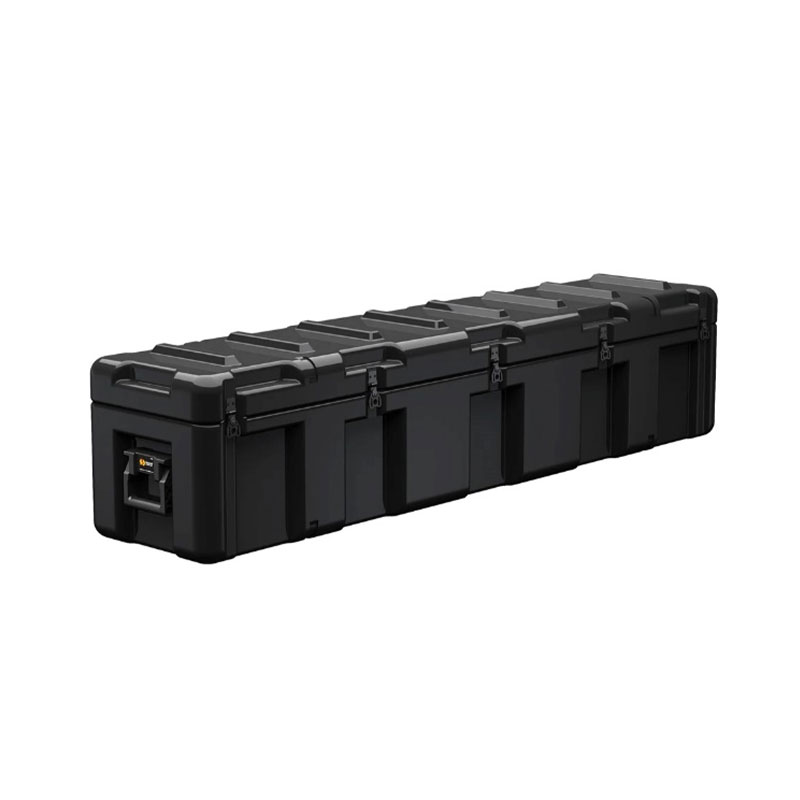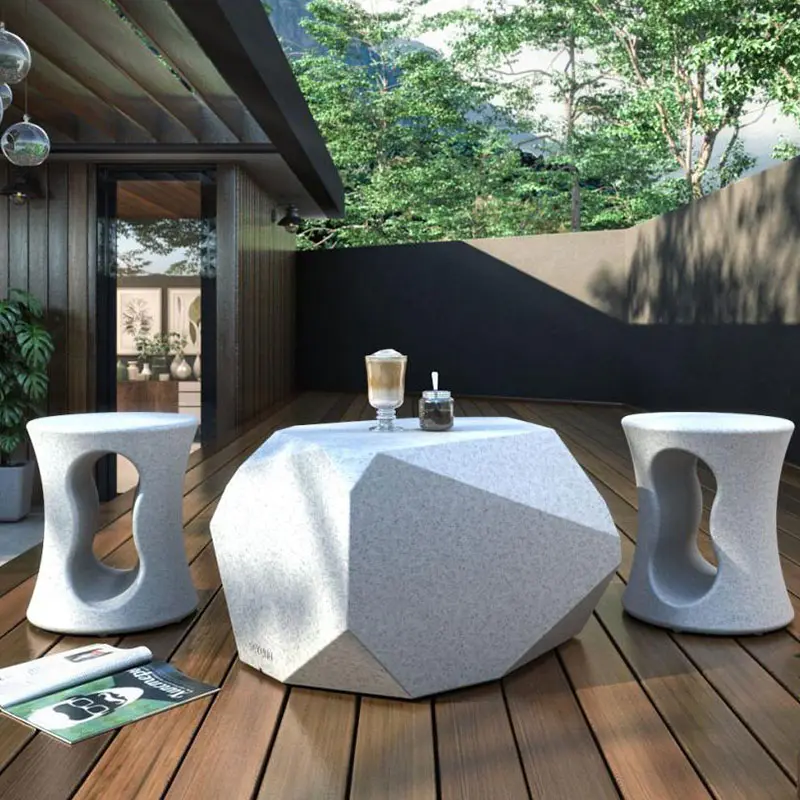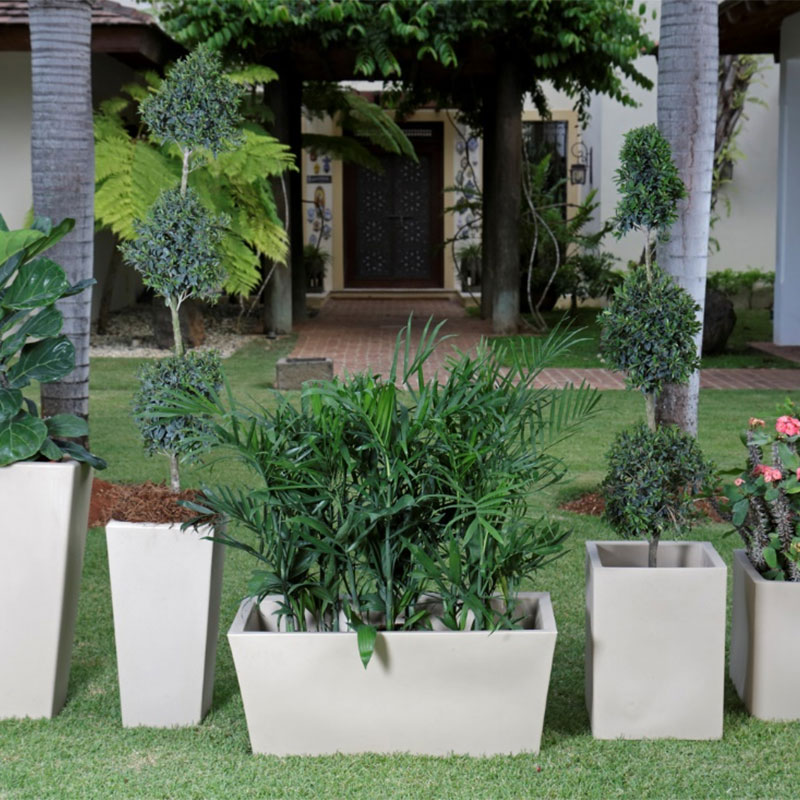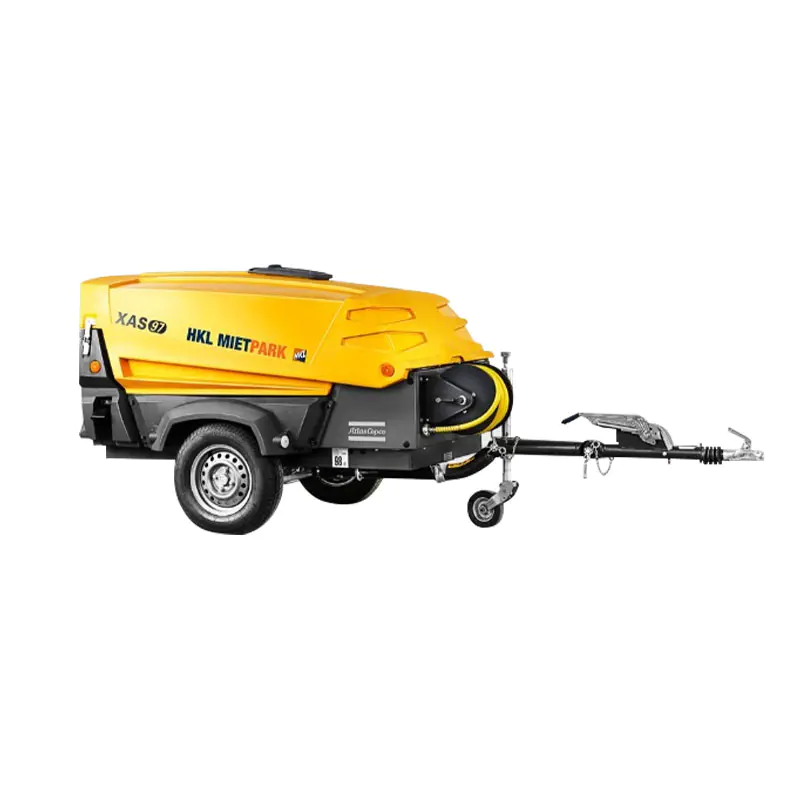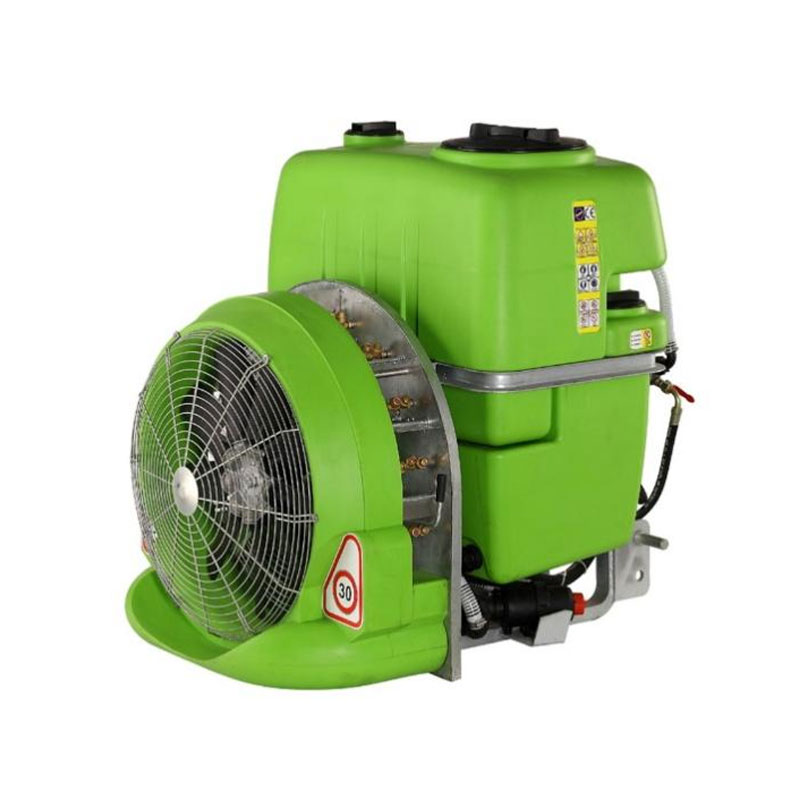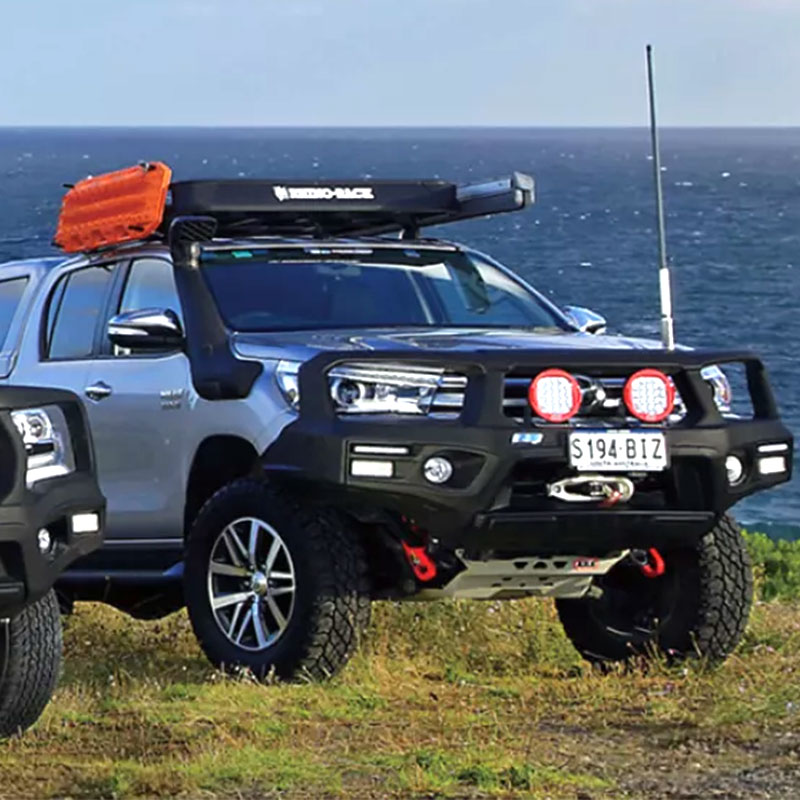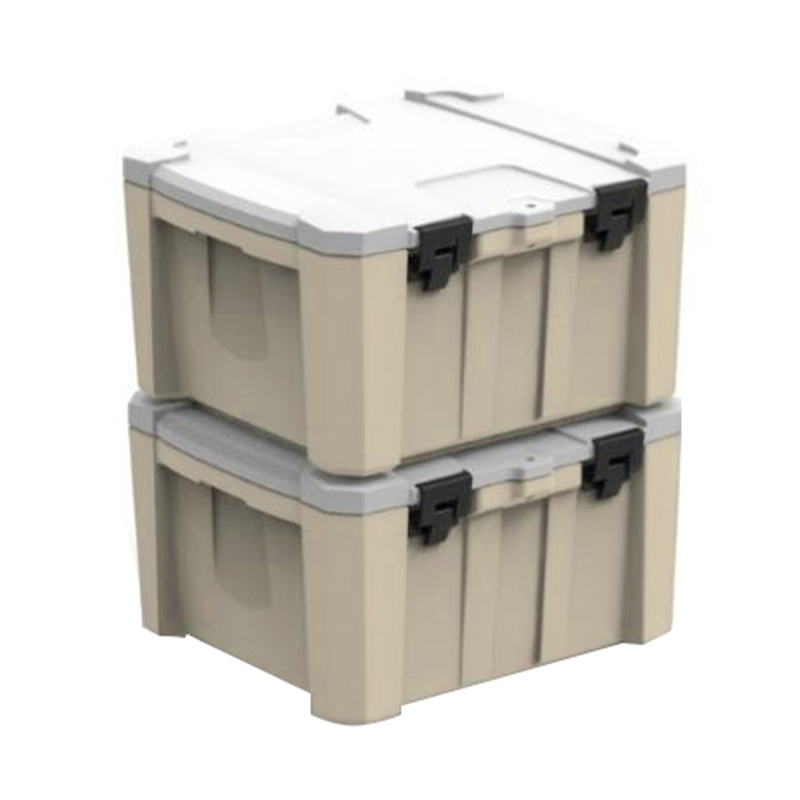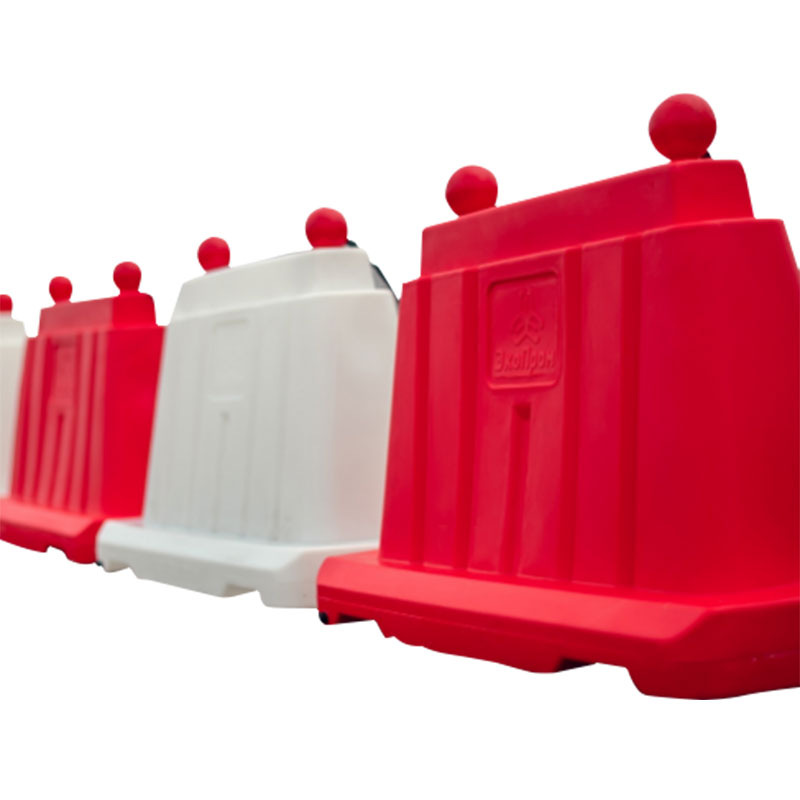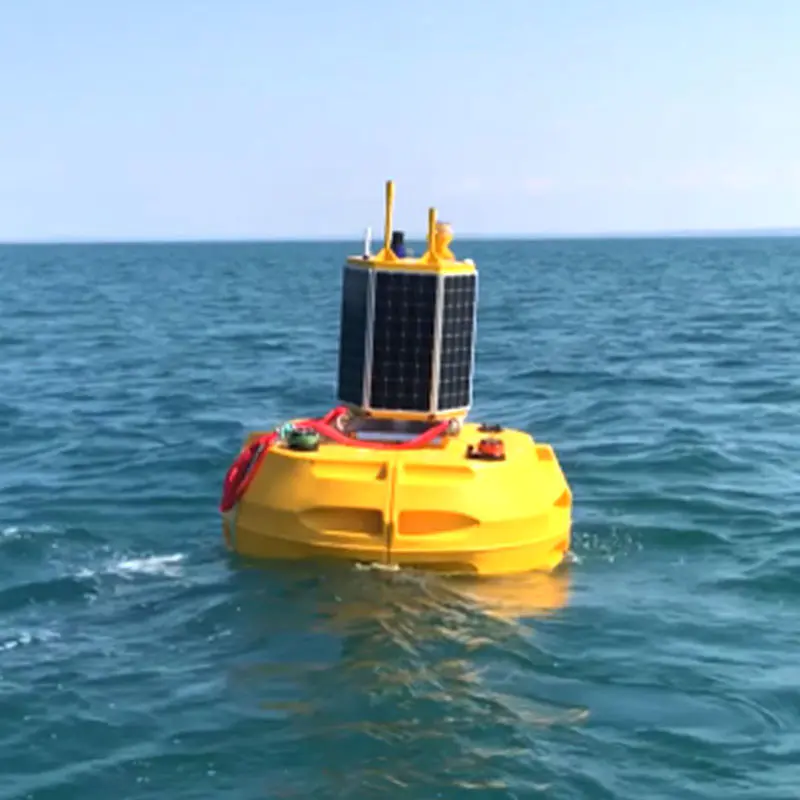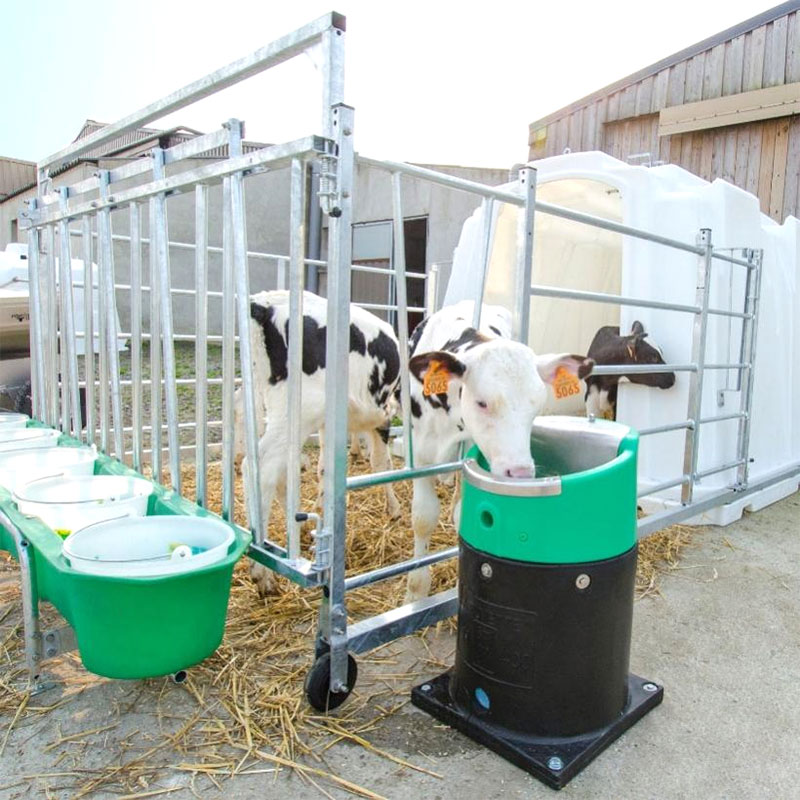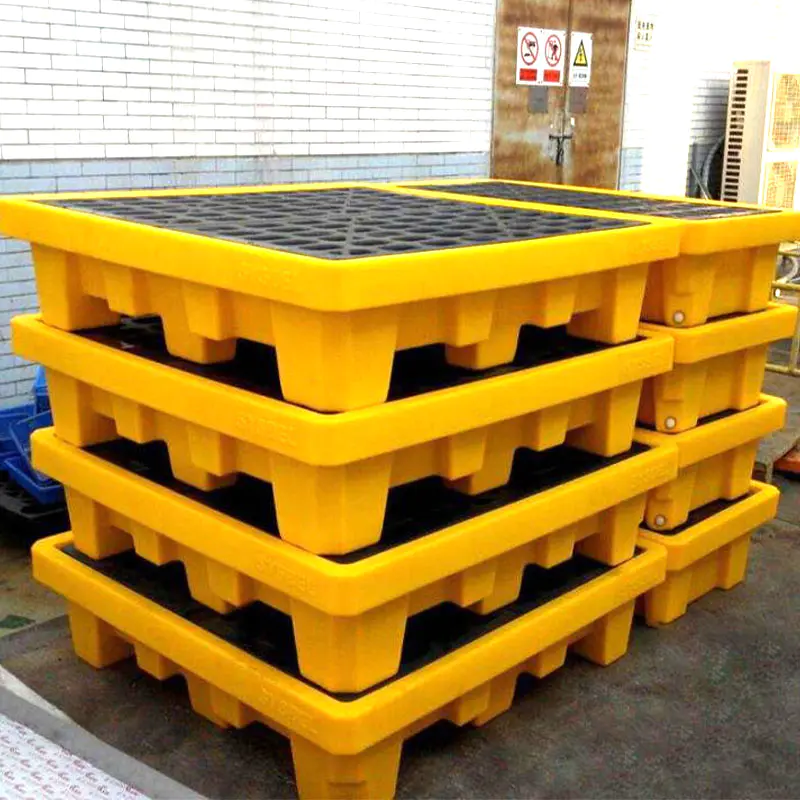In the field of livestock breeding, there are significant differences in facility requirements for livestock farms of different sizes and breeding types, which makes it difficult for traditional single-specification rotomolding molds to meet actual production needs. The modular and customized design of livestock breeding rotomolding molds is an effective solution to this challenge, showing significant technical advantages and practical value.
Modular design is one of the core innovations of livestock breeding rotomolding molds. It breaks the fixed and single design mode of traditional molds and disassembles the molds into multiple standard-sized modules. These modules are like precise "industrial building blocks" and can be flexibly combined according to actual production needs. Taking the breeding fence mold as an example, the differences in the size of different livestock farms, terrain layout and breeding types were fully considered at the beginning of the design. The fence mold is subdivided into basic units such as column modules, crossbar modules, corner modules, etc., and each module has a precise and unified interface standard. When a small family ranch needs to build a fence, a small number of modules can be selected and quickly assembled into a compact and practical fence structure; when a large intensive farm plans a vast breeding area, it can build a large fence system that stretches hundreds of meters or even thousands of meters through the orderly splicing of a large number of modules. This modular design not only greatly improves the versatility of the mold, allowing a set of molds to meet the needs of multiple scenarios, but also significantly reduces production costs. Enterprises do not need to develop a new mold for each special specification of product, which reduces R&D investment and time costs, and also reduces the difficulty of mold storage and management.
Customized design further deepens the precise adaptation ability of livestock breeding rotomolding molds to diversified needs. It is guided by the specific breeding scenarios, animal breed characteristics and personalized production requirements of livestock farms, and conducts in-depth special design and development. For large beef cattle farms, due to the large size and strong activity of beef cattle, ordinary breeding equipment is difficult to meet their carrying and use requirements. Customized rotomolding molds will specifically enhance the strength and durability of the molds, optimize the structural design of the products, and make the produced breeding fences, feed troughs and other equipment have higher load-bearing capacity and stability, and can withstand frequent collisions and daily use losses of beef cattle; at the same time, the size design fully considers the body characteristics of beef cattle, expands the equipment space, and ensures the comfort of beef cattle. In the field of pet rabbit breeding, breeding needs focus more on the aesthetics, easy cleaning and easy observation of the equipment. The rabbit cages produced by customized molds will adopt exquisite and cute design, incorporate structural elements that are easy to disassemble and clean, and will also be equipped with transparent observation windows, so that breeding personnel can grasp the growth status of rabbits at any time. This highly customized design mode can accurately meet the special needs of different breeding scenarios and provide farmers with high-quality products that best meet actual needs.
Modularization and customized design are not independent of each other, but complement each other and are organically combined. Modularization is the basis of customization, providing rich and flexible basic units and combination possibilities for customization; customization is the extension and sublimation of modularization, giving modular design a more targeted application value. In actual production, enterprises can first use modular design to quickly build a product framework that meets basic functional requirements, and then optimize and adjust local details through customized design, so as to efficiently produce livestock breeding products that meet general standards and have unique characteristics. For example, when designing a new multifunctional breeding shed mold, the main frame structure of the shed is first constructed in a modular way, including wall modules, roof modules, door and window modules, etc.; then, according to the customized needs such as climatic conditions in different regions and the types of farmed animals, the insulation performance, ventilation design, opening size, etc. of the module are personalized, and finally high-quality breeding shed products suitable for different environments and breeding needs are created.
The modular and customized design of livestock breeding rotomolding molds, with its high flexibility, precise adaptability and significant cost advantages, has injected new vitality into the livestock breeding equipment production industry, and has strongly promoted the modernization of the livestock breeding industry, enabling it to better meet the diversified needs of the market and create higher economic benefits and breeding value for farmers.

 English
English 中文简体
中文简体 русский
русский Español
Español